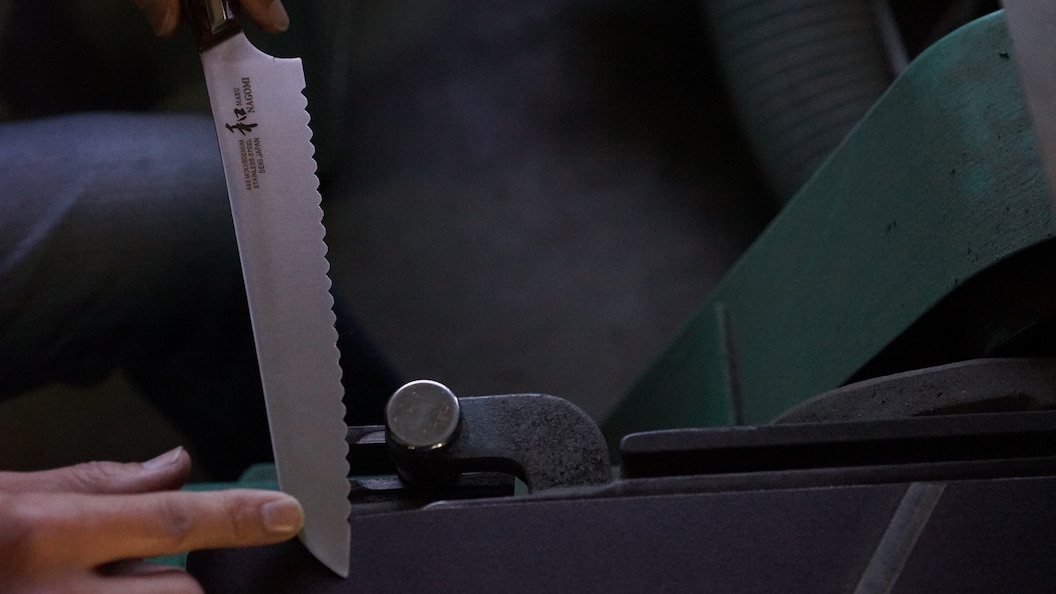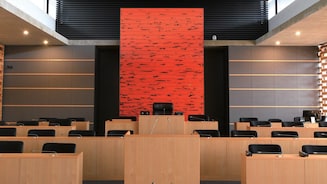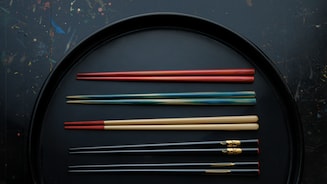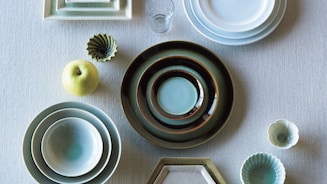Along with Solingen in Germany and Sheffield in the United Kingdom, Seki in Gifu prefecture is one of the world’s top three centers of knife production. From the initial forging to grinding and edging, craftsmen here apply skills carried forward over the centuries since the samurai warrior class was in ascendancy and the place was known for its high-quality swords. Today there are roughly 400 knife makers concentrated in Seki, and the city’s blade aficionados include pâtissiers and chefs from around the world.
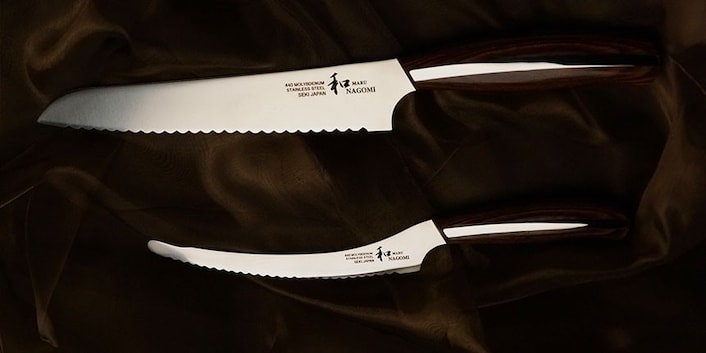
The premium Nagomi brand produced by Mitsuboshi Cutlery offers eight designs, including cake and bread knives and several general-purpose ones, all handcrafted through five different processes carried out by five different companies. Flouting the industry trend toward high-carbon blades, the material used is 440A stainless steel. Though favored for their hardness, highcarbon knives are brittle and difficult to sharpen. In contrast, high-chrome Nagomi blades are neither too hard nor too soft.

The 440A grade is an excellent material for producing, in the final step of the edging process, just the right burr on the blade. This is a minute fold of metal formed on the opposite side of the knife edge when it is ground. Theoretically the burr should be eliminated when the knife is sharpened, but leaving a trace of it actually makes the knife cut better and helps it stay sharp longer. To ensure a sharper edge, Nagomi knives are made from steel with Rockwell ratings of 57 or 58, rather than the usual maximum of 56. As the blades are stamped out of sheet metal rather than being forged, there is no fear of their cracking.
Takahisa Watanabe, president of Mitsuboshi Cutlery, says 440A steel was first recommended to him by a Seki knife polisher who lauded its ability to “hold a good burr.” Although the burr is so minute you need a microscope to see it, a seasoned polisher can tell it is there just by the feel. Too much burr leaves a saw-like edge that will not cut well. A slight trace is just right, especially for knives that are likely to be sharpened in the home rather than in a professional kitchen.

The Nagomi line is fashioned by a diverse team of craftsmen who each bring their specialties and ideas to bear in a multistep process. The handles, crafted by Yamashin Seisakusho using hygienic, water-resistant laminate wood, are softly curved. Into this fluid form Yamashin workers expertly cut the groove that will hold the tang, or shank, of the blade. Next up are workers at Osamura Metals, who press blades with tangs precisely shaped to match the curvature of the handles. The blades are secured to the handles with rivets, and the whole worked and polished until the rivets are invisible.
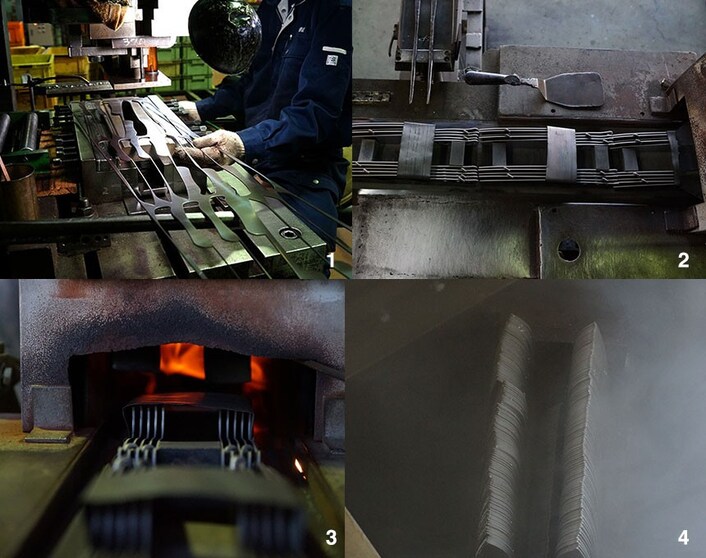
The nascent knives proceed next to Fujita Heat Treatment, where they undergo quenching and tempering processes at stringently controlled temperatures to achieve the desired hardness to a tolerance of +/- 0.5 on the Rockwell scale. Warping is assessed visually and corrected by hand. Next, the knives are sent to Hirata Jiken, where the bodies are ground and polished—also by hand—to the specified thickness within a margin of 0.2 or 0.3 millimeters. Finally, the knives are delivered to Mitsuboshi, where their edges are ground as appropriate for their intended use.

When Mitsuboshi set out to make a new bread knife, they procured as many different types from around the world as they could and tried them out on loaves of bread both soft and hard. Employees tested the pilot and ranked it fourth against the competition. As that wasn’t good enough, the company destroyed all 600 of the pilot blades and went back to the drawing board. Several specification changes and prototypes later, they settled on the serrated blade and the just-right length of the Nagomi bread knife that today is eagerly sought by chefs around the world. It’s a winner with Mitsuboshi employees, too, who now proudly rank it Number 1. Find out more at nagomi.mitsuboshi-cutlery.com .

